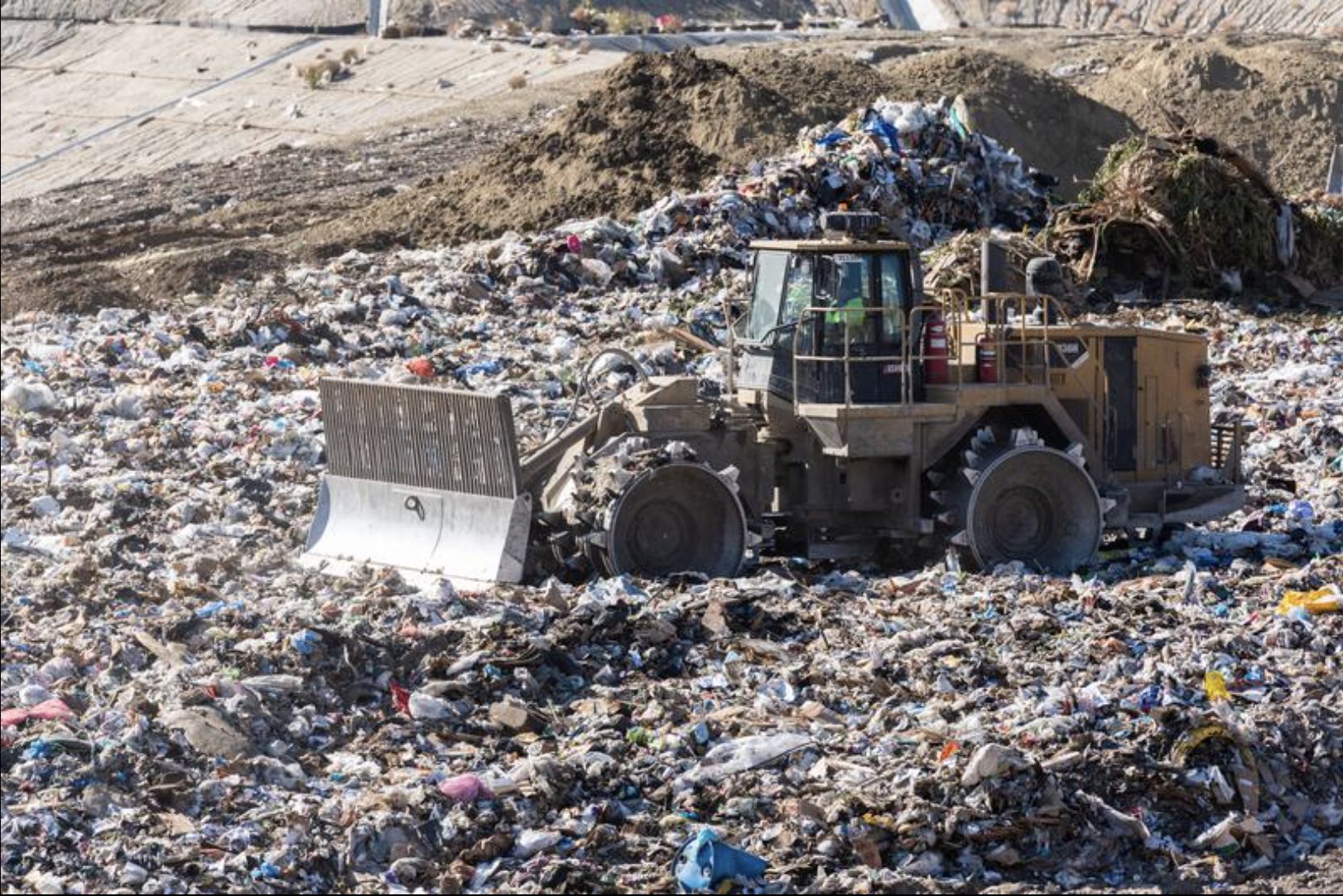Los Angeles County today released findings from an independent health risk evaluation of the short, and potential long-term health impacts to nearby residents from exposure to landfill gases created by the odor incident at Chiquita Canyon Landfill.
The independent health risk evaluation found that the community is exposed to intermittent, unpleasant and sometimes strong odors. Odors from landfills may be caused by sulfur compounds. The short-term health effects from exposures to odors can include headaches, nasal congestion, eye, nose and throat irritation, hoarseness/sore throat, cough, chest tightness, shortness of breath, wheezing, heart palpitations, nausea, drowsiness and mental depression. These health effects are not permanent and do not lead to long-term disease, but can exacerbate existing health conditions.
The evaluation found that the air quality in the community is similar to the air quality found throughout Los Angeles County. The evaluation did note that two Volatile Organic Compounds, benzene and carbon tetrachloride, were found to be elevated. The evaluation suggests there may be a small contribution of benzene from the Chiquita Canyon Landfill to the air quality in the community. However, the levels found are similar to levels of these VOCs throughout the County and any potential health risks appear to be associated with the larger-scale air quality issues in Los Angeles County.
The results were unveiled at a community meeting on Feb. 7, 2024, at the College of the Canyons in Santa Clarita, CA.
The independent health risk evaluation was conducted by Roux Associates on behalf of Los Angeles County to assess the community’s concern about the potential health effects of odors and exposure to landfill gas emissions created by the odor incident at Chiquita Canyon Landfill. From Oct. 31 to Dec. 16, 2023, Roux conducted independent ambient air sampling in the communities surrounding the landfill. Roux also evaluated air sampling data collected by the landfill’s contractor over the same period. Roux compared the results to established federal and state standards. Using these results, Roux evaluated the potential for both short-term health impacts and long-term health risks.
Roux made the following recommendations:
-Chiquita should validate and maintain the calibration of the continuous hydrogen sulfide monitoring network to ensure the data reported is quantitatively reliable since this data appears to be the most useful measure of tracking emissions of sulfur compounds and odors from the Chiquita facility.
-Chiquita should increase its benzene sampling frequency and lower its benzene reporting limit to better assess potential benzene emissions from landfill gas emissions.
-Chiquita should include a network of wind direction/speed monitors throughout the sampling area to better understand and track local wind patterns.
-Chiquita should evaluate the benefits of expanding the network of continuous air monitors in the Community in order to get a more complete picture of the transport of emissions and extent and magnitude of impacts from Chiquita into the community’s ambient air.
Public Health will share the report and recommendations with the Chiquita Canyon Landfill operator.
The County continues to work with federal and state agencies and third-party consultants to mitigate the community’s ongoing odor and health concerns. This multi-governmental effort is collaborating to ensure that the landfill operator implements all necessary mitigation measures and remedies as swiftly as possible. The involved agencies will continue to closely monitor and evaluate conditions in the landfill and the community to resolve the odor nuisance caused by the reaction at the landfill.
Like this:
Like Loading...
Related





 Tweet This
Tweet This Facebook
Facebook Digg This
Digg This Bookmark
Bookmark Stumble
Stumble RSS
RSS


























REAL NAMES ONLY: All posters must use their real individual or business name. This applies equally to Twitter account holders who use a nickname.
0 Comments
You can be the first one to leave a comment.